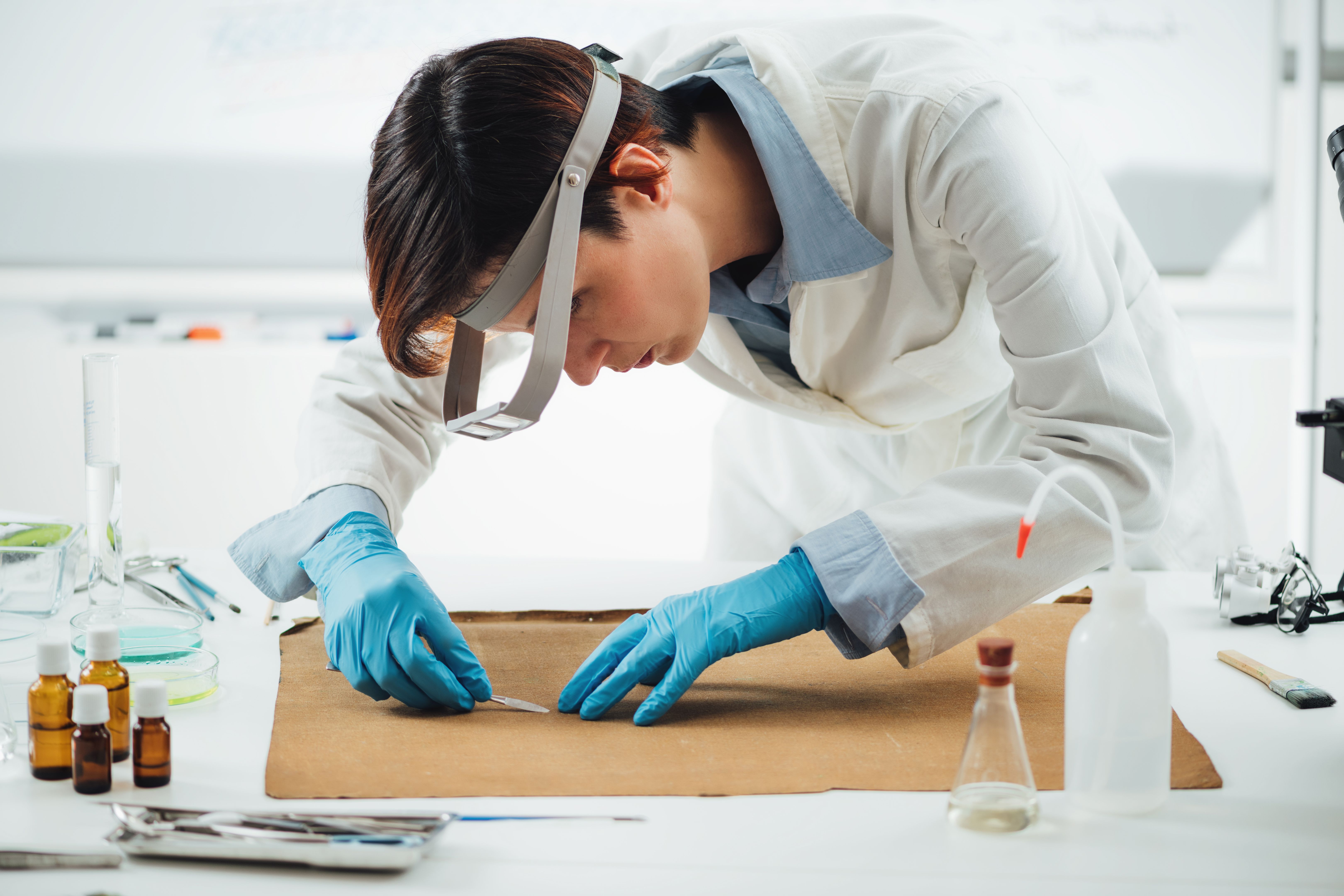The Art of Restoration: A Step-by-Step Guide by Experts
RN
Understanding the Art of Restoration
The art of restoration is a craft that combines history, science, and a deep appreciation for cultural heritage. This meticulous process involves bringing damaged or aged items back to their original glory, whether they are pieces of furniture, works of art, or historical buildings. Restoration enhances the aesthetic and functional value of objects, preserving them for future generations to enjoy.

The Importance of Research
Before starting any restoration project, thorough research is crucial. Understanding the historical context of the item can inform the techniques and materials used in the restoration process. Experts delve into historical records, photographs, and any available documentation to gather insights about the original appearance and materials of the piece.
Research also involves consulting with other experts in the field. Collaborations with historians, conservators, and scientists can provide a broader perspective and help avoid common pitfalls. This collaborative approach ensures that the restoration process is not only effective but also respectful of the item's historical significance.
Assessment and Documentation
Once research is complete, the next step is a thorough assessment of the item's current condition. This involves identifying areas of damage, wear, or previous restoration attempts. Detailed documentation through photographs and written records ensures that any changes made during the restoration can be tracked and justified.

Documentation is not just about recording the current state but also planning the restoration process. Experts create a comprehensive plan that outlines the necessary steps, materials, and techniques required. This plan serves as a roadmap for the restoration, ensuring that every action taken is deliberate and well-informed.
Selecting the Right Techniques and Materials
The choice of techniques and materials is vital to the success of a restoration project. Experts prioritize reversible techniques, which allow future restorers to remove or alter the restoration without damaging the original object. This ensures that future generations can continue to enjoy and care for the piece.
Material selection is equally critical. Whenever possible, restorers use materials that match the original components in both appearance and properties. This might involve sourcing rare or custom-made materials to ensure a seamless integration with the existing structure.

The Restoration Process
With a plan and materials in place, the actual restoration work begins. This step-by-step process often includes cleaning, repairing, and sometimes reconstructing parts of the object. Cleaning is performed using gentle, non-invasive techniques to remove dirt and grime without damaging the original surface.
Repairs are made using adhesives and fillers that are compatible with the original materials. In some cases, it may be necessary to fabricate missing parts using traditional craftsmanship techniques, ensuring that every addition is as authentic as possible.
Quality Control and Final Touches
Throughout the restoration process, quality control is essential. Regular evaluations ensure that the work meets the highest standards of craftsmanship and historical accuracy. This stage involves frequent consultations among team members to address any unforeseen challenges and to ensure consistency in the restoration approach.

Once the primary restoration work is complete, final touches are applied. This might include coloration adjustments, surface finishes, or other aesthetic enhancements to ensure the restored item looks as close to the original as possible. The goal is to create a piece that not only looks beautiful but also stands the test of time.
Preservation and Maintenance
After restoration, ongoing preservation is crucial to maintain the integrity of the restored item. Experts provide guidelines for the proper care and environmental conditions needed to prevent future damage. Regular maintenance routines, such as gentle cleaning and periodic inspections, help to prolong the life of the restoration work.
By understanding and implementing these steps, anyone interested in the art of restoration can appreciate the dedication and expertise required to breathe new life into cherished historical items. The journey of restoration is not just about repairing the past but preserving it for the future.